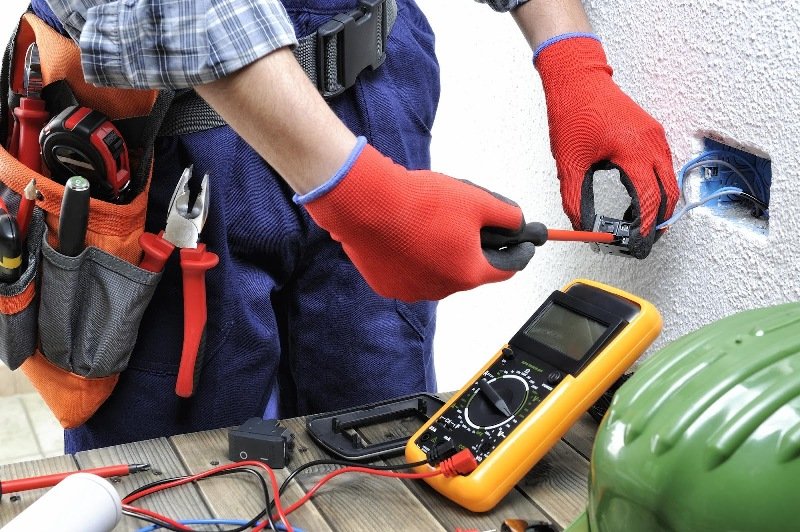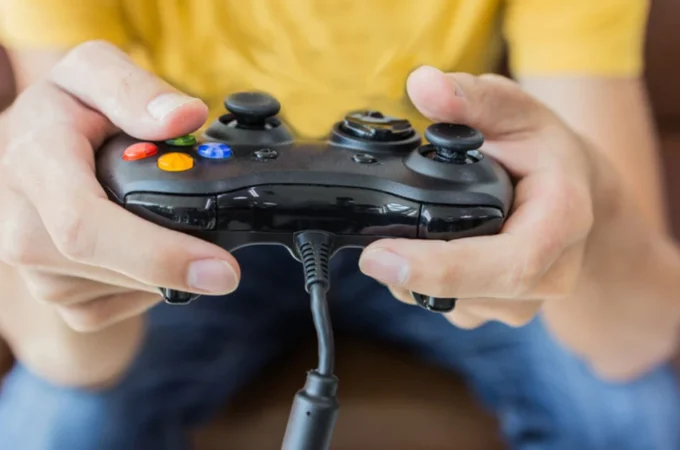
Common Electrical Problems in Older Homes
Every year, approximately 51,000 electrical fires take place throughout the United States. Any type of home can experience an electrical fire, but older homes are especially at risk.
If you live in an older home, it’s important to be aware of the potential electrical issues that can happen. Listed below are some common electrical problems that can occur in these homes, along with tips on how to prevent them. To prevent for this kind of problems you can also go for TRS testing equipment, so you can avoid any electrical issues in the future.
Circuit Breaker Problems

A circuit breaker problem, such as frequent circuit breaker tripping, is one of the most common issues that can affect owners of older homes. When the circuit breaker trips, it means the power boards in your home have become overloaded.
Wiring Damage
Speaking of rewiring, this might also be necessary if the wiring in your house is damaged. Wiring damage is especially common if you have aluminum wiring, as this type expands and shrinks as the weather changes. It’s more prone to oxidation and corrosion, too.
These issues can cause your wiring to overheat. This, in turn, can lead to electrical fires. Wiring that is not installed properly or that is simply old can also contribute to electrical fires and other issues.
Dead Outlets
Do you have an outlet (or perhaps several outlets) that doesn’t work at all? Sometimes, the solution to this problem is as simple as resetting the circuit breaker. In older homes, though, it can a sign of a more serious matter, such as a burned-out or loose connection.
If you have a burned out connection, your outlet will likely have black scorch marks on it. If you notice this, you need to contact an electrician right away and have them come repair your outlet (or outlets).
Lights Flickering

When you live in an old house, it’s easy to assume that flickering lights are a sign of a ghost. In reality, though, they might be a sign of some poor electrical connections.
If your connections are old and/or weakened, your lights might flicker or dim. This can also happen if you have loose or defective lightbulbs.
Check your lightbulbs first when you notice the lights beginning to flicker. If this doesn’t solve the problem, you should get an electrician to come out and take a look around to identify the source of the problem.
Warm Outlets or Light Switches
Your outlets and light switches should not feel warm or hot when you touch them. The only exception to this rule is dimming light switches. Unless you have those, though, you should contact an electrician if you notice that your switches or outlets feel warm.
Frequent Bulb Burnouts
Do you notice that your lightbulbs are burning out way faster than they’re supposed to? If so, this could be a sign of several potential issues, including the following:
- You’re using lightbulbs with wattage that’s too high
- The insulation is too close to the light
- You have bad wiring
- You have a poor connection
It’s not always easy to tell what the cause of this issue is. An electrician can sort it out fairly quickly, though.
Electrical Shocks
If you experience an electrical shock when you turn a device off or on, that can indicate an issue with the device or with the wiring itself. You could experiment with plugging in another device to see if you get shocked again (that would be a sign of a wiring issue), but it’s often better to just call an electrician and get their opinion.
High Electricity Bills
If your electricity bills are astronomical, you might want to take a closer look at the wiring in your house. This can be a sign that things aren’t running in the most efficient way possible. Investing now to get all your electrical issues sorted could help you save a lot of money later on.
How to Prevent Electrical Problems
The good news is that there are lots of steps you can take to avoid electrical problems in your home. Here are some essential prevention steps you ought to take today:
Check Your Wiring on a Regular Basis

One of the easiest ways to avoid electrical issues is to check your wiring on a regular basis. Looking at your electrical cords and checking for signs of damage will help you identify potential fire hazards right away.
Position Cords in the Proper Way
Make sure you’re positioning electrical cords in the proper way, too. It’s best if they’re not removed from your field of vision all the way, as this can make it harder for you to detect potential problems. They shouldn’t run under furniture or rugs, either.
Don’t Overload Your Sockets
There are lots of reasons why your circuit breaker might trip. Of these reasons, though, one of the most common is overloading it by plugging too many devices into one electrical socket. If you’re trying to power too many things at once, your circuit breaker will have a hard time keeping up.
Schedule Regular Inspections
Scheduling regular inspections with an electrician is a good step to take, too. Electricians know what to look for and will be able to tell right away if anything is wrong with the wiring and electrical connections in your house. Paying for an inspection now could save you money later, and it decreases your likelihood of having to deal with something even more serious, like an electrical fire.
Get in Front of Common Electrical Problems Today
As you can see, there are a lot of potential home electrical problems that you might deal with, especially if you live in an older home. If you keep this information in mind, though, it’ll be easier for you to spot issues before they escalate and have the potential to do harm to your house.
Do you want to learn more about maintaining your home and making sure it’s a safe place? If so, visit some of the other home-related articles on our site today.




